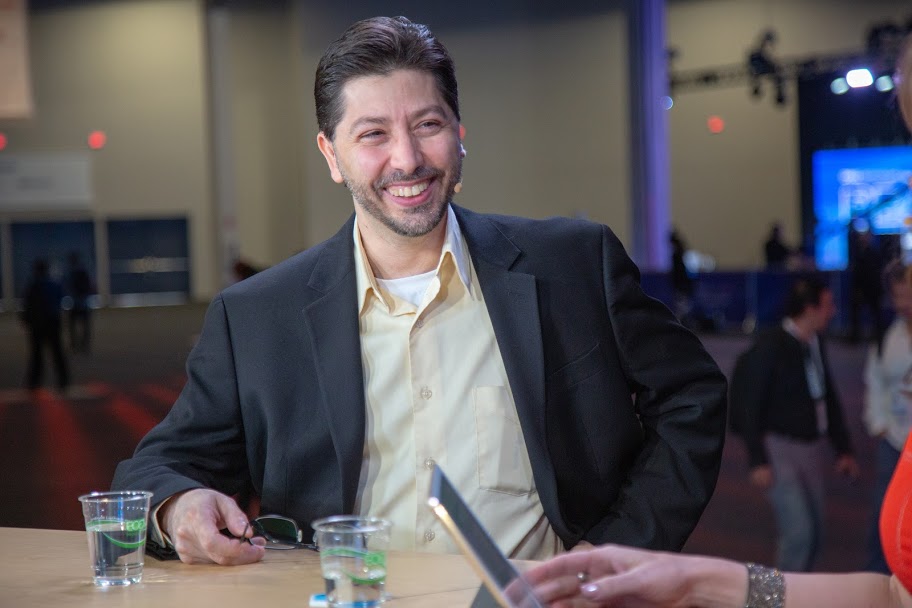 CLOUD
CLOUD
 CLOUD
CLOUD
 CLOUD
CLOUD
When IBM Corp. went looking for an acquisition that would complement its longstanding presence in the data center, it clearly wanted to build a new strength in the hybrid cloud. With that kind of mission, it was no wonder it found Red Hat Inc. and paid an attention-grabbing $34 billion for it in the process.
“The whole adoption around hybrid cloud really speaks to all of the things that we’re doing and initiatives that we’re leading at Red Hat,” said Michael St-Jean (pictured), principal product marketing manager of storage at Red Hat. “It’s a great validation of all of the things that we’ve been working on for the past 10 to 20 years.”
St-Jean spoke with Stu Miniman (@stu) and Lisa Martin (@LisaMartinTV), co-hosts of theCUBE, SiliconANGLE Media’s mobile livestreaming studio, during the Dell Technologies World event in Las Vegas. They discussed the importance of scalability and product integration for the hybrid cloud and Red Hat’s continued role in the open-source community (see the full interview with transcript here). (* Disclosure below.)
As growing mountains of data place increased emphasis on information technology organizations to store and manage information, the ability to scale storage requirements becomes more important. And the move toward enterprise hybrid cloud demands integration as well.
Red Hat’s storage strategy has shifted from standalone products, such as Gluster or Ceph, to OpenShift containers and hybrid cloud object store.
“Everywhere we touch infrastructure, we need to have that simplified cloud experience,” St-Jean said. “You can’t have storage sitting in an island. It has to integrate and be collaborative with the rest of the portfolio.”
Red Hat executives have been clear since its purchase by IBM was announced in October that the company’s longstanding involvement in the open-source community would not change. This was further reinforced by statements from the leaders of both firms at the Red Hat Summit in May.
St-Jean also made this clear in his comments about Red Hat’s open-source legacy.
“We don’t just contribute to the open-source community, but we develop enterprise-grade infrastructure solutions for customers based on the open-source way,” St-Jean said. “Most of the projects that we work on, we’re the number one contributor for, so it’s all a very special opportunity for us.”
Watch the complete video interview below, and be sure to check out more of SiliconANGLE’s and theCUBE’s coverage of the Dell Technologies World 2019 event. (* Disclosure: Red Hat Inc. sponsored this segment of theCUBE. Neither Red Hat nor other sponsors have editorial control over content on theCUBE or SiliconANGLE.)
THANK YOU